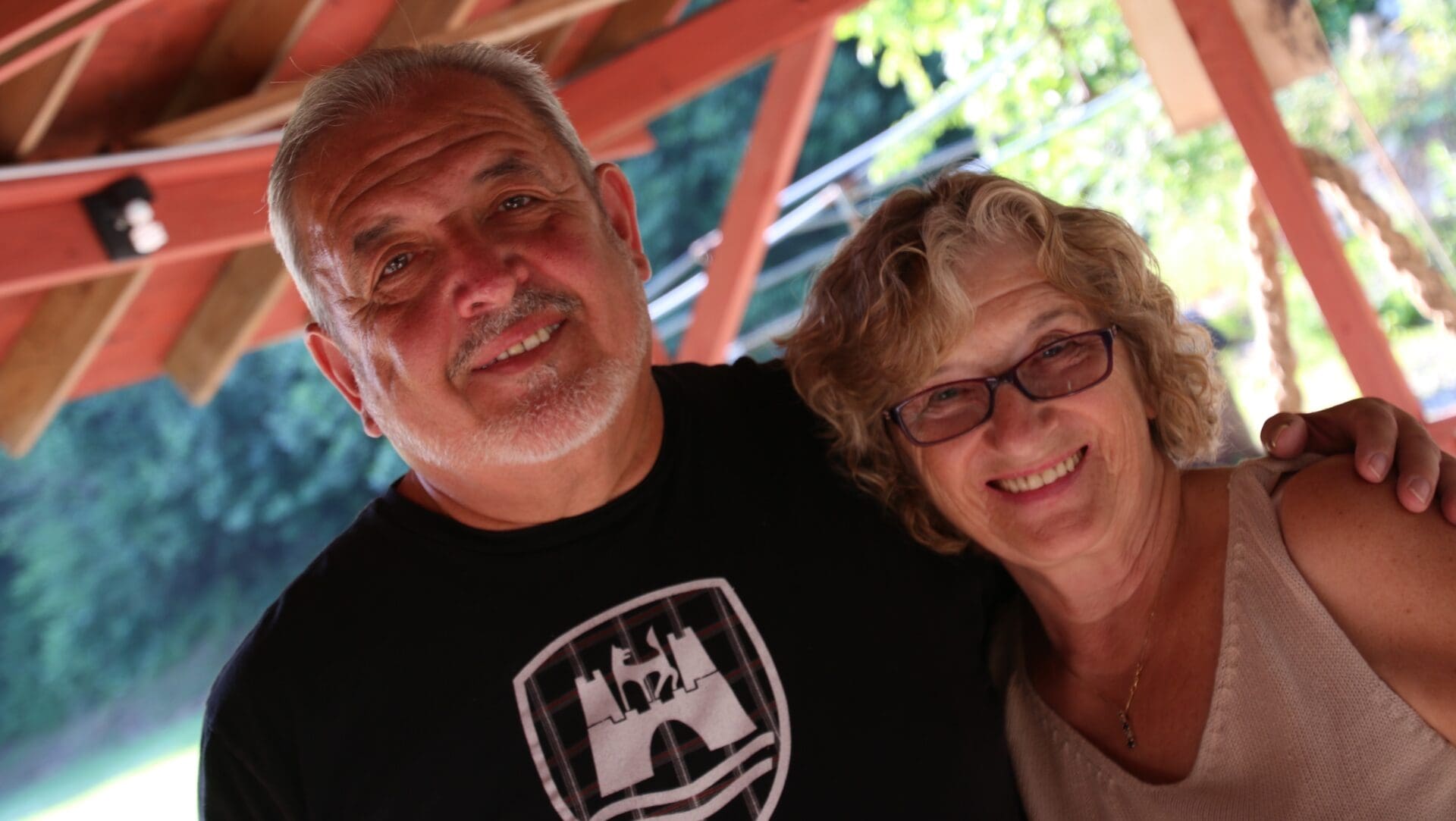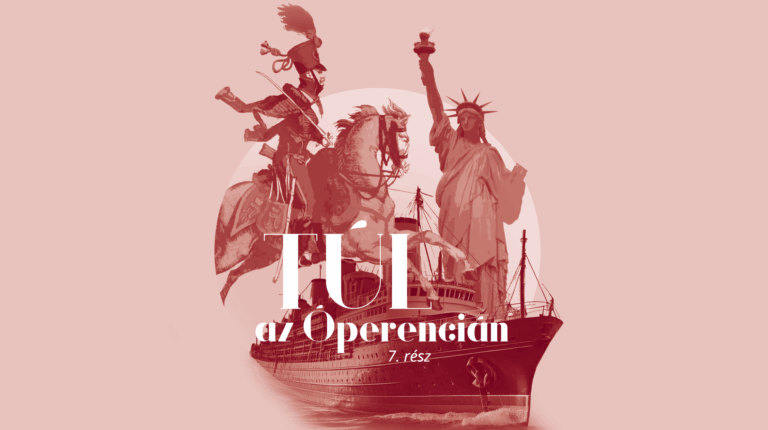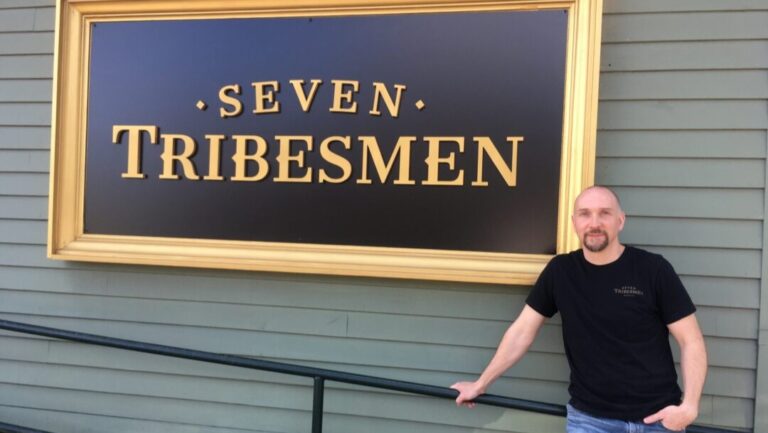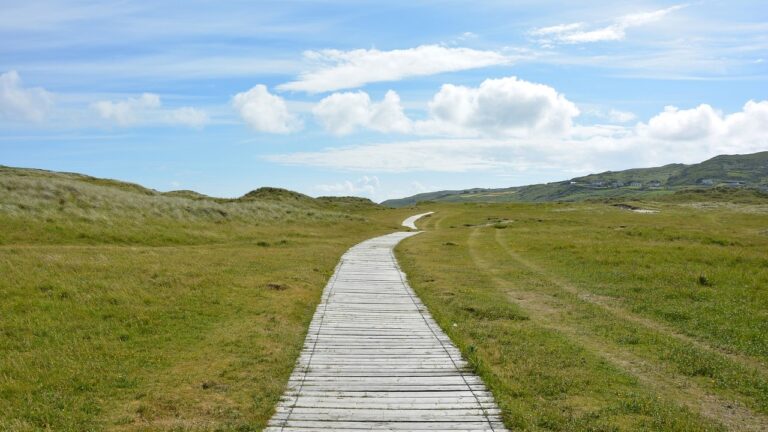This is the English version of the interview originally published on 777.hu.
‘We have come together to celebrate the 60th anniversary of the Magyar Tanya, a club founded by Hungarian Americans, to remember and pay tribute to the founders who created everything we enjoy and appreciate today. To this day, we need a place to come together, to cherish our nationality, our traditions, and our customs. We need a place that is truly ours, that is a substitute for the Old Country, and that welcomes all our fellow citizens who approach us with goodwill. Today we still believe in the principles on which this organization was built, and to which we must continue to adhere if we are to survive. Its members should look at what it can give to the Magyar Tanya, not how it can be used.’ This is how László Lengyel began his speech at the event commemorating the 60th anniversary of the Magyar Tanya club. A conversation with László Lengyel, his wife Marika, and their daughter Emília.
***
In your speech, you described the history of the association that founded the club. What was the beginning like?
László Lengyel: The club was founded on 4 November 1961 in Philadelphia, with 67 refugees of 1956 attending the event, marking the fifth anniversary of the [Hungarian] Revolution’s defeat. By that time, most of the refugees had families or were starting families. The founders set up a non-profit organization and subscribed for shares to buy the land, but they had little idea of how to maintain it, so they used the proceeds, which should have been the capital stock, to run it. They charged a token $2 membership fee, regardless of expenses, and to some extent, this is still the case today: membership fees cover less than a third of annual expenses. Although the bylaws require the board to share annual expenses equally among the membership, the board has never once in over 60 years done so, as the priority was not whether money came in from the shares, but whether those who were shareholders felt true ownership of the place. Our first President was Dr Tibor Bódi for two years, followed by Tibor Machán for one year, and then József Szodfridt, who held the post for almost 40 years until his death at the age of 80. After that came Alajos Remetei, then me for two seven-year terms, then Erzsébet Veres for four years, and now my brother is President, and I am Vice-President. This year the directorate consists of twenty members: President, Vice-President, Secretary, Treasurer, Hungarian Notary, English Notary, and fourteen Directors, representing ten per cent of the membership respectively. This number originally kept growing nicely, but has now, unfortunately, decreased, because many of the founders are no longer with us. I became a director in ‘71, at the age of just 21.
So young? Or was that common at the time? And what is the situation now?
L.L.: According to the basic rules, you can vote and hold office from the age of 18. At the time, other young people were involved in the board as well, and although not all of them stayed, I have been on the board ever since. Over the past 52 years, I have been a Director, Secretary, Vice-President, and President—I’ve been everything but Treasurer. There were times when it wasn’t so easy to be on the board, like when I was away in Houston for two years, but when I had to be here, I was always here. When I was working and living in Pittsburgh for ten years, I was President at the time, so I would fly in or drive to meetings; I spent quite a bit of time travelling. Every year we have a general meeting and an election. Apart from that, we have four to five board meetings a year, depending on what is happening and what decisions need to be made, including amendments to the statutes. In 2012, I retired at the age of 62, and we moved to a house a few minutes from the Tanya—but not because of the Tanya, as it’s not always so good to live too close because you can be called in at any time. We had known the area for a long time; I used to come here with my parents at the beginning.
I was 11 when Magyar Tanya was founded, and I’ve been here ever since.
So, we would have moved here even without the existence of the Magyar Tanya. When Marika and I got married, we lived further away, but we were still often coming here.
Members are not difficult to get, there are many applicants, but there are fewer who feel ownership of the place and treat it as such. Right now, we have 110–120 members, but one member is one family, so we’re over 200 if you count adults only.
There used to be a Hungarian school and scouting here as well, despite the fact that there were never any Hungarians living here in large numbers…
L.L.: Yes, Katalin Vörös and the Pigniczky family could tell you a lot about this, as they were the leaders of the scouting here at the time, but unfortunately, it was discontinued in the 90s. The Hungarian Scout Association in Exteris (Külföldi Magyar Cserkészszövetség, KMCsSz) is very clever in demanding that you don’t become a scout just because you wear a tie, but that you must also know Hungarian. The Hungarian school ran parallel to the scouting and ceased to exist at the same time, as the same children went to both.
Marika Lengyel: I was a kindergarten teacher in the Hungarian kindergarten on the premises, and at that time there were 12 children there; they all spoke enough Hungarian to understand everything. They came to us for two years until they were of school age, but by then many of them had so many other things to do that they didn’t have time to come to the Hungarian school.
Emília Lengyel: I grew up here, this is my home. I was a scout here, and I went to the Hungarian school here. We were here every weekend, especially in the summer. I grew up together with Eszti and Réka Pigniczky** as if we were sisters. They are still active now. At the Sík Sándor Scout Park in Fillmore (New York State), I am a trainer at the annual leadership camp for the assistant scout subcamp, and I also give lectures at the little scoutmaster training. However, this year I didn’t go there—I attended the Dobó subcamp of the VK camp in Germany instead. Before that, I had a holiday in Europe and visited relatives in Hungary—something I do every year.
Before we delve into the history of the estate’s buildings, tell us a little bit about your own life.
M. L.: My parents came to America in 1948. At the end of the war in Germany, my father, an army officer, was captured by the Americans. They tried to get me out in ‘53, too, when they became American citizens, but the Hungarian government wouldn’t let me out. So, in ‘56, my aunt helped me get to my parents when I was 13. When my parents fled Budapest to the West, the windows were shot out on the train. I was 15 months old and had pneumonia. When on their way they passed the place where my great-grandmother lived, they dropped me off at her house and continued without me. When my aunt and I came out here later, she lived with my parents for a year, then she went to Philadelphia, managed to make a living on her own, and when I got married, she moved in with us again and lived with us for thirty years. What was it like to come out here at 13? Terrible. I missed everyone from home. My parents lived on a farm—my father was an engineer, but he liked to live on the farm, doing outdoor things; they raised cattle, for example. But I was lonely, and because I was in my teens, we never really got on well. So, I went to a private school in Kentucky, finished secondary school there, and then came to live with my aunt in Philadelphia.
My meeting with Laci is a funny story. There was a butcher nearby who raised pigs, and a lot of people used to go there from the club to buy meat and stuff. I met Laci when I was hired to help process the meat and fat. It was five hundred metres from where we live now; that’s why it was so important for me to come back here. I started coming to the Magyar Tanya after we got married, and I’ve been coming home here ever since.
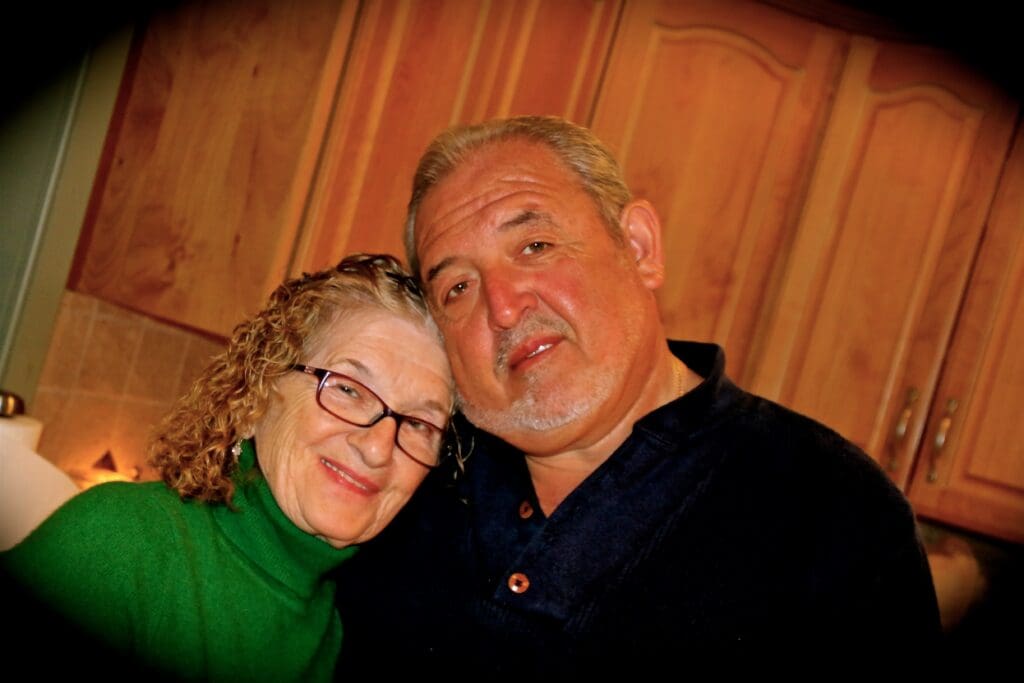
So, you finally found a home here and then. And how did you, Laci, end up in America?
L. L.: My father was involved in the Revolution and the neighbour told him that he the communist authorities wanted to arrest him. We ended up in Pottstown, in the end, not far from here; my father’s aunt lived there and sponsored us, and I went to the second grade at the Catholic school there. I didn’t speak English at all, but I picked it up quickly and easily. In 1961, the first scout camp was held at the Magyar Tanya, and I took part in it.
Emília, as you said, you grew up here, among the scouts. What does scouting mean to you and what else do you do?
E. L.: Scouting is a way of life, full of joy. My basic nature is to always be cheerful and to love people and children. Of course, there are negative things in life and in scouting as well, but I always try to look at the bright side. Otherwise, I have been a teacher for 35 years. I taught fourth graders for 16 years, then worked for two years as a professor at the university. I worked in a secondary school for 16 years, and now I’ve been working for two years in a middle school with kids who have reading problems. I love teaching. Besides, I started taking pictures at a scout camp a few years ago, and then I put them on social media, and everyone liked them. That’s how it started and since then I’ve been taking photos at almost every major scout camp. I know everyone, everyone knows me, and I always have my camera around my neck. The kids smile when they see me as they know: photography is coming. The parents also like to see that everything is going well with their children at the camps and that they are having a good time.
You mentioned that you go to Hungary every year. Is that like going home, too?
E. L.: Yes! I was brought up as a Hungarian by my parents. That’s what scouting and the Hungarian school were for.
I feel Hungarian, and when I go to Hungary, I go home.
Even in the American school where I teach, everyone knows that I am Hungarian and a scout. I have both in my heart. I was six or seven years old when my Aunt Ida took me to Hungary for the first time, for three weeks. Since then, I have gone every year with my parents and my brother Lackó; since I grew up, alone or with my mother.
What did this area originally look like?
L. L.: It was originally a dilapidated house and barn with leaky roofs. There were no toilets, no water, no heating, no stove, just very poor electricity supply. The house had no foundation, its walls leaned outwards, and the middle was sunken. There were no roads, and the site of the present lake was a swamp. The women cooked in primitive, almost ancient conditions, on an outdoor stove, for which they had to fetch water from the spring, of which there are several on the estate. The building was eventually raised and excavated underneath; the kitchen and dining room are now there. The old house has been enlarged with a dance hall, eight guest rooms, parking spaces, and a garage. The pool was completed in 1972 because families needed a place to bathe. First, a lake was established, with a sandy area on the shore, which became the beach. [One of the members,] Jóska, dug the pond by converting an old tank into a bulldozer. The shape of the lake was reminiscent of Greater Hungary. But as time went by, more and more farmers used chemicals, which leached into the groundwater and turned up in the pond as well. Therefore, when the water quality was no longer good enough, we built the pool.
M. L.: The people worked by day and danced by night. A band called Falbontó (Wall-Breaker) played music for them—when it got dark the women prepared dinner and then danced until dawn. This was the case every Saturday, and on Sunday they continued working. In the meantime, they went home because there was nowhere to sleep here. The building was originally planned as a hotel, but it’s not very suitable for use in the winter as it’s far from the main road, so at the end of November, before the harsher winter sets in, we close this building and the pool and move to the other clubhouse. And then around April–May, we move back here. Because of that, we needed a dance hall here as well, the Katalin Hall, which we opened with our first Katalin Ball.
E. L.: The many flowers around the building and in the park are all the work of Mum’s hands. Especially in spring, summer, and autumn, everyone enjoys the beauty of the flower gardens. At the same time, I have been planning, organizing, and leading the national celebrations and commemorations for 15 years, which are really appreciated by the Hungarians living in the area.
M. L.: The construction of the swimming pool coincided with the construction of the campsite. First, they camped here, on the second meadow. Some people put up a small house; others made a wooden foundation and pitched their tents on it. In the evenings, they built a big campfire, where they drank wine, sang songs, and talked—thus, they felt at home. Later they also set up camping sites on the mountainside. The fishing lodge was built because some enthusiastic fishermen really wanted one. This was before the newer edifice was built. They needed a covered meeting place when camping, so they built it. There is a big fireplace, too, where sometimes we roast a whole pig.
L. L.: The yurt came to be here because the Smithsonian Institute has held the Folklife Festival in Washington DC every year since ‘67, with Hungary being the guest of honour in 2013. At that time, several wooden buildings were sent to the exhibition and donated to the KMCsSz at the end of the festival, so almost all of them were brought to Fillmore and set up there, except for this yurt. It lay on the ground for a couple of years, eaten by moths and ants. We went by truck to fetch it and arranged with the locals to help load it up in the heavy snow. Then, we sorted it out here and reassembled it based on a photo.
It looks like a sacred place; are there masses here?
L. L.: No; there’s an altar at the memorial by the lake, which was moved here four or five years ago from the St Stephen of Hungary Church in Allentown, not far from here. In Pennsylvania, there were big iron factories around Bethlehem, and in the early 20th century, a lot of Hungarians worked and lived there, and they built several churches. Unfortunately, along with the big wave of church closures eight years ago, the St Stephen of Hungary Church in Allentown was also closed, and the Italian marble altar was put out in the parking lot to be buried. The local Hungarian community of believers told me about this, asking me to try to save it. The diocesan bishop gave us permission to bring it here and celebrate mass here, and the club’s board also agreed to bring it and put it up in a worthy place. We brought it, built a small roof over it, a chapel, and placed the altar next to the ‘56 memorial.
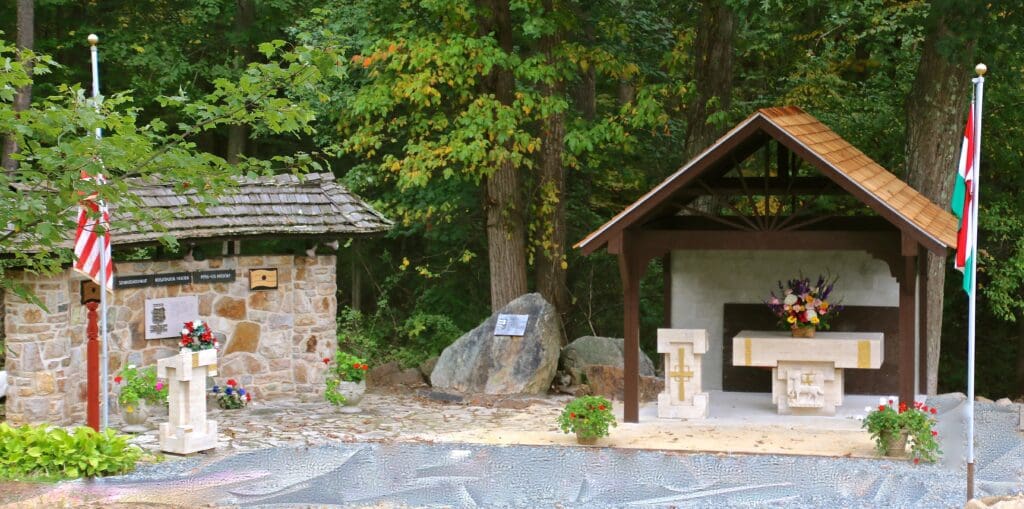
How many people have come here and are coming here now, and from where?
L. L.: The larger events can have up to a hundred people, the smaller ones up to 30 or 40, but in the past, we sometimes had as many as 300–400. At the Hungarian Day, which we have held every year since ‘83, we had had up to a thousand participants at times. The age group is mixed; although it’s mainly the elderly who have more connection to this land, younger people also come, albeit with new ideas: some of them think that money grows on trees and that anything can be done without money. Just to give you some figures: the pool, built for 30,000 dollars, was renovated for 90,000 dollars.
E. L.: The speakers for the national celebrations were Dr Réka Szemerkényi, former Hungarian Ambassador to the United States, and Dr Imre Szakács and Dr Ferenc Kumin, former Consul Generals, from the Embassy in Washington DC. Dr Réka Szemerkényi initiated the honouring of my father, which I accepted at the Honorary Dinner on 4 May 2018 with the following words:
‘I would like to thank the President of the Republic of Hungary, János Áder, for this award of the Hungarian Cross of Merit and all those who nominated, supported, and presented this honour to my father. I pay tribute to those who founded the Magyar Tanya, my parents, and my family, because they gave me the example, the foundation, and the encouragement to take this association into the future.’
M. L.: In the olden days there were also very valuable literary evenings here. Almost all the writers and artists who lived in emigration or came here after ‘56 visited us here, such as Lajos Fürj, Albert Wass, Áron Tamási, Claire Kennett, Éva Szörényi, and many others. Poet Tibor Tollas was always a very popular guest of ours. Such events are unfortunately no longer held, but instead, we often have artists and folk dancers from Hungary. Folk dance groups from the nearby areas are also frequent guests. Besides, we host winter and summer scout camps as well. We also have many weekend guests who love the Tanya. The children are free to move around—they can go for walks, play games, football, volleyball, and go swimming. So, they are safe here.
Finally, a word about the future. Are there any replacements?
L. L.: When I was in my eighth year as President, I didn’t know how many years I had left. I was doing it as long as I could, but I tried to pass it on. Succession planning was mandatory at my workplace before, so it was instilled in me at the company, and I brought the same mindset to the board here as well. I’m thinking long term: the reason I didn’t take on the board again after seven years was so that others could learn how things work and how to run this association—and so that they could learn that way and not without anyone to pass on the knowledge.
If no one else takes over, it’s only a matter of time before we must close our doors.
We may not be there yet, only in five years, but we may be there at some point. This is how Erzsébet Veres took over the Presidency from me in 2017, and from her, my brother, who is eight years younger than me, almost another generation. And then there are even younger people, aged 30–40; in recent years we have managed to bring the average age down steadily from 65 to around 50, which is a much more encouraging figure.
*The Hungarian word ‘tanya’ has a dual meaning: it denotes a particular type of homestead that used to be typical of the Hungarian Great Plain, but also a hideout or gathering place of a group of people.
**Réka Pigniczky is a renowned Hungarian American documentary filmmaker and visual artist, whose work focuses on the fate of the Hungarian community in the United States and their ties to the motherland.
All the photos in this article are courtesy of the Lengyel family.
Related articles:
Click here to read the original article.

